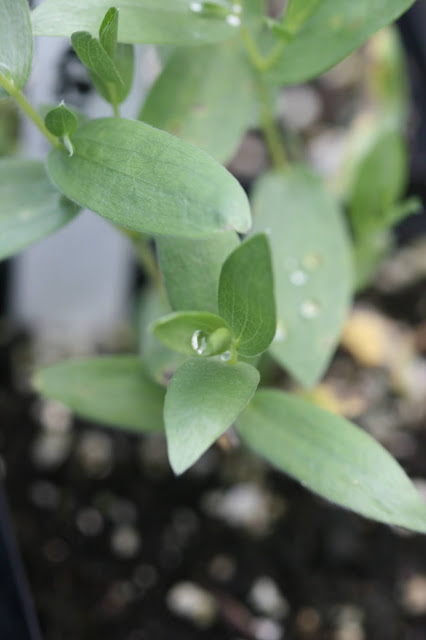Creeping wild cucumber (Melothria pendula) is a perennial vine that creeps across the forest floor and forms mats in the areas it occurs in. It is common to shady hammock understories throughout Florida and in much of the southern half of the eastern U.S. Hardly considered a wildflower, its tiny yellow flowers are often inconspicuous; partially covered by the extensive foliage.
Creeping cucumber is a rambling vine that extends many feet in all directions from the main stem. Left alone, it can be rather weedy, but it also has positive attributes as well. The stems are thin and the deeply lobed leaves are alternate along these stems. Flowering occurs throughout much of the summer and early fall. The distinctive lobed petals (5) are canary yellow in color and form a tube that attracts a variety of pollinators. Pollinated flowers form small "cucumbers" that are about 3/4 inch long. They are edible when still green. Ripe fruits turn black in color and are said to act as a laxative. Like many native plants, some caution should be taken when consuming them to make sure that one does not suffer some side effects.
This is not a plant likely to be propagated by commercial native plant nurseries. It is a common "weed", however, in landscapes and sometimes encouraged because of its positive attributes.












